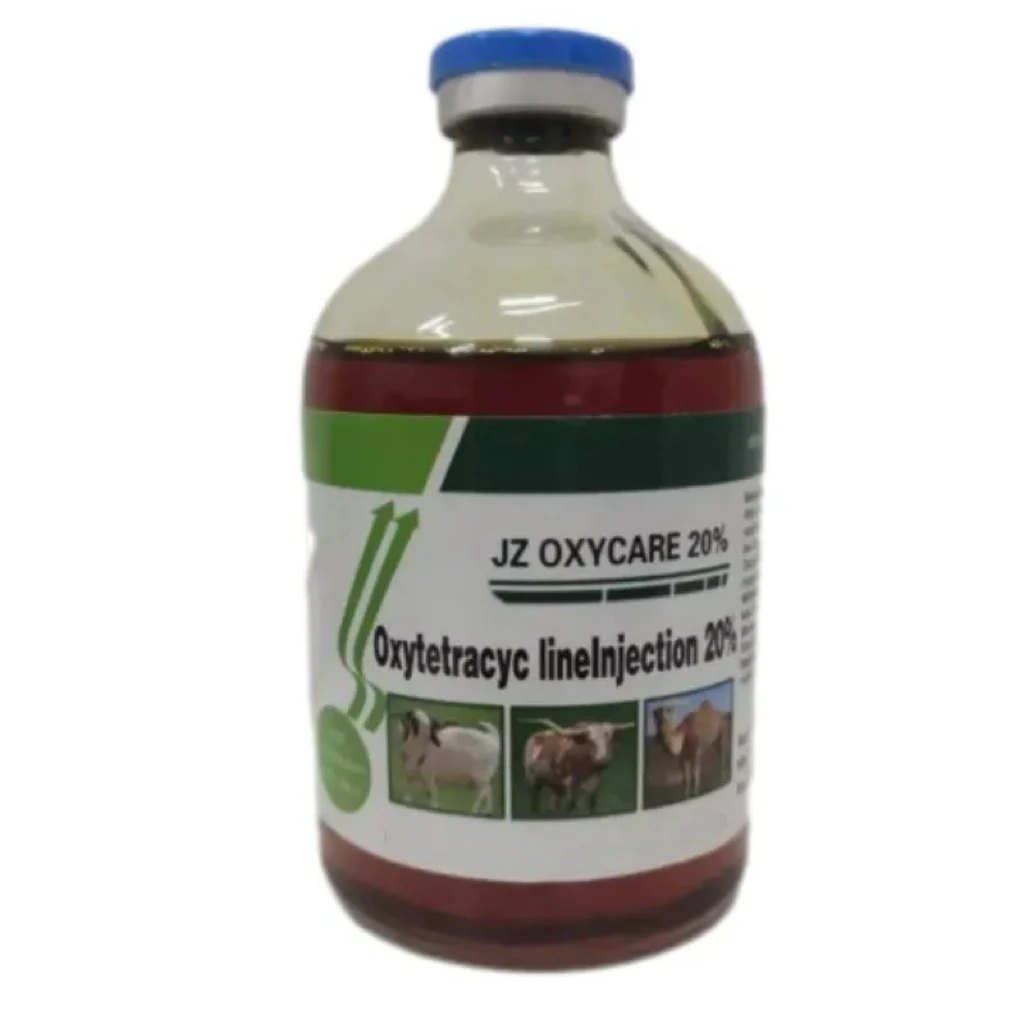- Afrikaans
- Albanian
- Amharic
- Arabic
- Armenian
- Azerbaijani
- Basque
- Belarusian
- Bengali
- Bosnian
- Bulgarian
- Catalan
- Cebuano
- Corsican
- Croatian
- Czech
- Danish
- Dutch
- English
- Esperanto
- Estonian
- Finnish
- French
- Frisian
- Galician
- Georgian
- German
- Greek
- Gujarati
- Haitian Creole
- hausa
- hawaiian
- Hebrew
- Hindi
- Miao
- Hungarian
- Icelandic
- igbo
- Indonesian
- irish
- Italian
- Japanese
- Javanese
- Kannada
- kazakh
- Khmer
- Rwandese
- Korean
- Kurdish
- Kyrgyz
- Lao
- Latin
- Latvian
- Lithuanian
- Luxembourgish
- Macedonian
- Malgashi
- Malay
- Malayalam
- Maltese
- Maori
- Marathi
- Mongolian
- Myanmar
- Nepali
- Norwegian
- Norwegian
- Occitan
- Pashto
- Persian
- Polish
- Portuguese
- Punjabi
- Romanian
- Russian
- Samoan
- Scottish Gaelic
- Serbian
- Sesotho
- Shona
- Sindhi
- Sinhala
- Slovak
- Slovenian
- Somali
- Spanish
- Sundanese
- Swahili
- Swedish
- Tagalog
- Tajik
- Tamil
- Tatar
- Telugu
- Thai
- Turkish
- Turkmen
- Ukrainian
- Urdu
- Uighur
- Uzbek
- Vietnamese
- Welsh
- Bantu
- Yiddish
- Yoruba
- Zulu
10 月 . 18, 2024 14:20 Back to list
Optimization of 2.5% Glutaraldehyde Fixation Techniques for Enhanced Electron Microscopy Results
2.5% Glutaraldehyde Fixation for Electron Microscopy
Electron microscopy (EM) is a powerful imaging technique that allows researchers to observe the ultrastructure of cells and tissues at a much higher resolution than conventional light microscopy. One of the key steps in preparing samples for electron microscopy is fixation, which preserves the cellular architecture and prevents degradation of the biological material. Among the various fixatives used, 2.5% glutaraldehyde has become a popular choice due to its effectiveness in cross-linking proteins and stabilizing cellular structures.
Glutaraldehyde is an aldehyde compound that acts as a fixative by forming cross-links between proteins, which helps to maintain the integrity of cellular components during the embedding and imaging process. The 2.5% concentration is commonly used, as it strikes a balance between effective fixation and minimal distortion of the sample. At this concentration, glutaraldehyde can penetrate tissues adequately while retaining essential cellular details, making it suitable for visualization under an electron microscope.
The fixation process typically begins with the isolation of the tissue or cell suspension to be studied. Samples are then immersed in the 2.5% glutaraldehyde solution, which is usually buffered with phosphate buffer saline (PBS) to maintain a physiologically relevant pH and prevent artifacts during fixation. The fixation time can vary depending on the type and thickness of the sample; however, a typical duration ranges from 1 to 4 hours at room temperature, although some protocols may recommend overnight fixation for more substantial specimens.
Following fixation, samples often undergo several rinses in buffer solutions to remove excess glutaraldehyde. This step is crucial to minimize background staining that could interfere with subsequent imaging. The samples are then post-fixed using an osmium tetroxide solution, which enhances contrast and further stabilizes the membranes and cytoplasmic structures.
2.5 glutaraldehyde fixation for electron microscopy

Once fixation and post-fixation are complete, the samples are dehydrated through a graded series of ethanol or acetone solutions. This dehydration process is essential to prepare the samples for embedding in resin, which is necessary because water, the primary component of biological specimens, would interfere with the electron microscopy process. After dehydration, the samples are infiltrated with a suitable resin, such as Epon or Araldite, before being polymerized to form solid blocks that can be sectioned into ultrathin slices for EM.
The use of 2.5% glutaraldehyde fixation offers several advantages for electron microscopy. Firstly, it effectively preserves the fine structure of cells, including organelles such as mitochondria, endoplasmic reticulum, and Golgi apparatus, allowing for detailed anatomical observations. Secondly, since glutaraldehyde reacts with a wide range of functional groups in proteins, it provides a more uniform and resilient preparation compared to other fixatives, such as formaldehyde, which may not cross-link proteins as effectively.
Despite its numerous benefits, there are some considerations to keep in mind. Glutaraldehyde is a hazardous material and should be handled with caution in a well-ventilated laboratory setting, using appropriate personal protective equipment. Additionally, although the fixation process is critical for preserving sample integrity, it can also introduce artifacts if not performed carefully. Therefore, standardized protocols must be followed to ensure reproducibility and minimize variability in results.
In conclusion, 2.5% glutaraldehyde fixation is a staple in electron microscopy sample preparation, valued for its ability to preserve cellular detail while preventing degradation. Understanding the fixation process, including optimal conditions and subsequent steps, is essential for researchers aiming to leverage electron microscopy to uncover biological insights at the cellular level. With careful handling and adherence to established protocols, glutaraldehyde fixation can yield exceptional imaging results, contributing to advancements in cell biology and related fields.
-
The Power of Radix Isatidis Extract for Your Health and Wellness
NewsOct.29,2024
-
Neomycin Sulfate Soluble Powder: A Versatile Solution for Pet Health
NewsOct.29,2024
-
Lincomycin Hydrochloride Soluble Powder – The Essential Solution
NewsOct.29,2024
-
Garamycin Gentamicin Sulfate for Effective Infection Control
NewsOct.29,2024
-
Doxycycline Hyclate Soluble Powder: Your Antibiotic Needs
NewsOct.29,2024
-
Tilmicosin Premix: The Ultimate Solution for Poultry Health
NewsOct.29,2024













